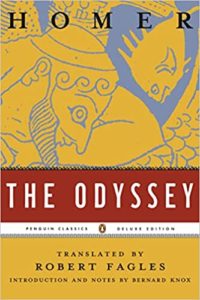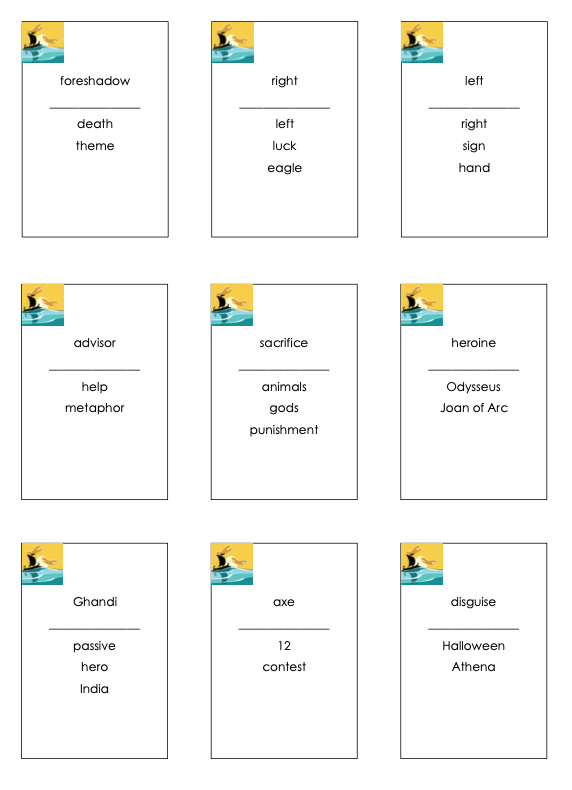You caught a beauty!!!
Download PDF of scaffold here.
theory behind scaffold…
Many ESL teachers will questions the importance of teaching and using classic literature in their classes. We probably all agree that it is not easy to …………………………………………different from that of the class text.
Nevertheless, through varied techniques, the reading of authentic classic literature is an incredibly enriching experience ………………………………. otherwise uninterested students will happily participate in activities that include:
- role-playing using their own …………………
- s……………………………………………… endings of the plot
- …………………………… on contentious concepts from the stories
- …………………………………………… that represents overall themes
These activities are ways for students to review/clarify details o……………………………………
The same scaffolding activity can be used as and introduction or review (perhaps with certain modifications) for summative evaluations. Below, we’ll consider a scaffolding activity designed for a summative assessment on Homer’s The Odyssey. We add here a Mini-Lesson which shows how i…………………………………
…………………………….. the best practices of the Ethic of Excellence, they have the opportunity to correct their own divergent answers to construct them more cohesively.
These summative/formative assessments are adapted from Dylan Wiliam’s brilliant book Embedded Formative Assessments.
See how you can adapt this Mini-Lesson to your own needs.
Mini-lesson…
Homer: ‘The Odyssey’

scaffold step by step…
This scaffold can be used to periodically review the elements of the story – in pairs, in groups of three, or as a whole class.
Because there are so many names and events in the story, this activity helps all the players: the ones who are trying to identify the targeted word have to scan their memory and the ones …………………………….
There are so many cards included in this set for The Odyssey, that it would be valuable to use on more than one occasion. A set could also be available online so that your students can test each other outside of class.

- Print out and give groups a set of the tabu cards.
- Groups divide into two teams.
- One person in each team picks a card. Without saying any of the words on the bottom section of the card, they verbalise a
- One person on the other team ………………………………
- Each team has two (2) minutes for each turn to …………………………..
- Total game time can vary. Probably not more than 15-20 minutes is most effective or students will lose interest.



Scaffoldingmagic.com is your entryway into DYNAMIC bilingual learning methodologies, such as Phenomenon-Based Learning, CLIL, EMI, and ESL. You’ll find ways to implement critical thinking tools (DOK) to promote higher level thinking, the growth mindset, instill an ethic of excellence, deep reflection on learning, and all through multi-cultural, interdisciplinary activities. We have the keys to turning competences into action and to creating collective efficacy in your school so you move ahead as a unified, enthusiastic team.



